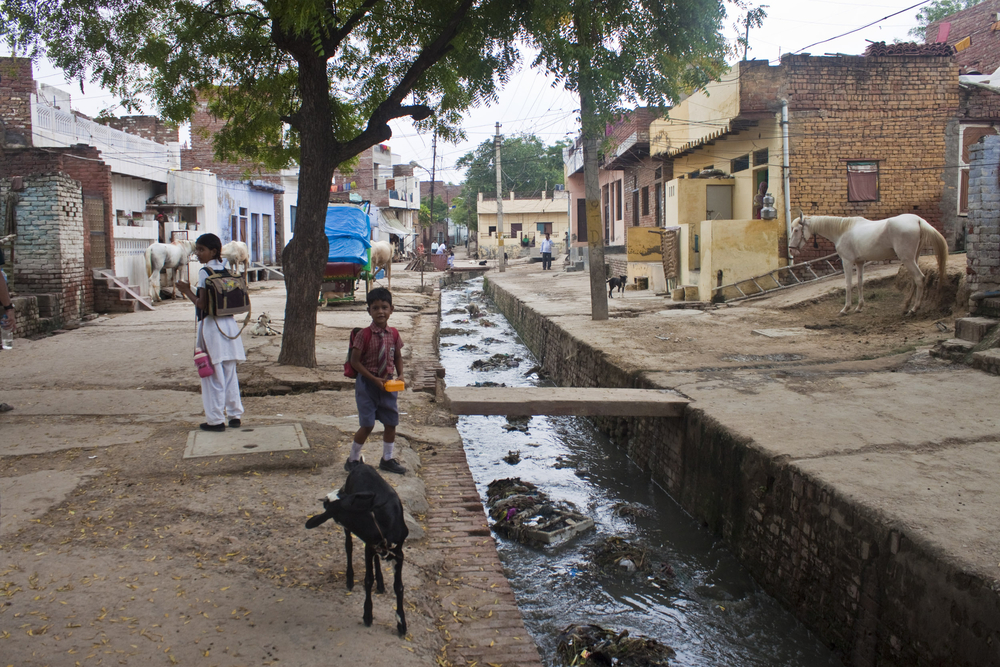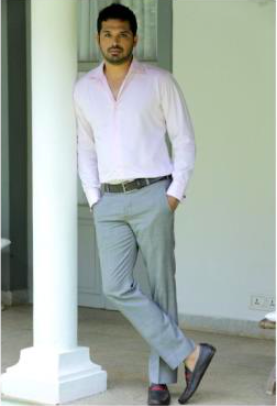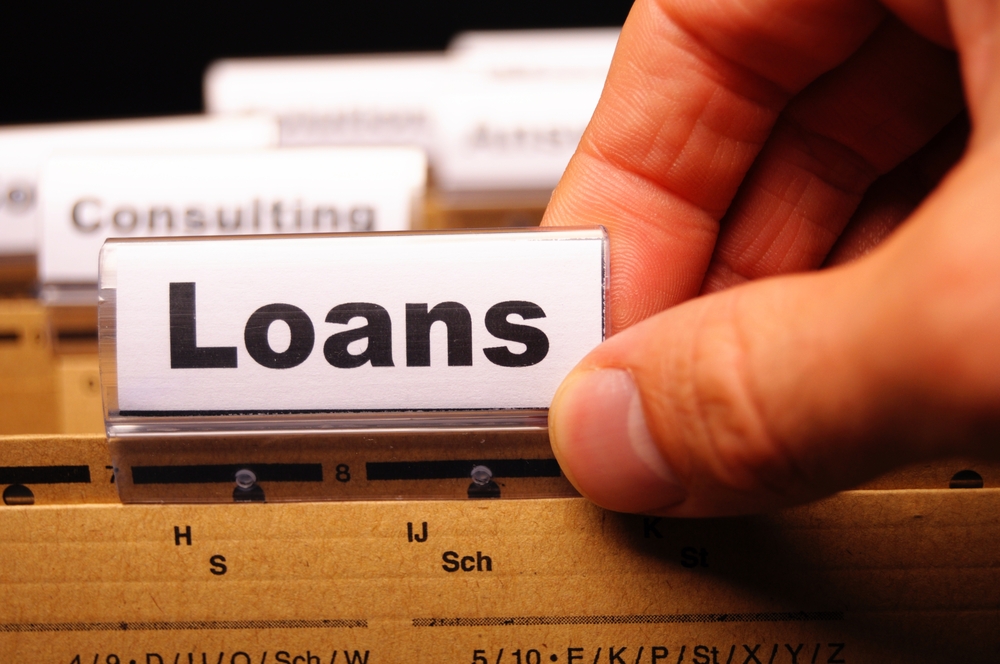Eklavya Model Schools Work on Holistic Development of Tribal Students
Education facilitates inclusive growth but low participation of children highlights threats

In the Union Budget 2021, Finance Minister Nirmala Sitharaman announced the setting up of 750 Eklavya Model Residential Schools (EMRSs) in tribal areas. Further, the Budget also raised the allocation for EMRS to Rs 38 crore and Rs 40 crore for hilly areas. This remains a positive step towards providing access to education to tribal and remote areas of the country.
It is a known fact that education is the key to tribal development. In fact, not only does education promote integration of the communities with the mainstream of the nation, but also facilitates protection from all kinds of exploitation and helps in adoption to the changing lifestyles.
Residential School Learning Experience
Established under the Tribal Affairs Ministry, EMRS is a Central government scheme since 1998-99 for setting up model residential schools from Class VI to XII in order to impart quality education to tribal children in their own environment. With an idea to keep all the students of the campus together, EMRS aim at providing systematic guidance, thus, helping to develop the feeling of oneness. Besides, such residential schools have special facilities for preserving local art and culture, apart from providing training in sports and skill development.
As per the extant guidelines of EMRS, the number of seats for boys and girls are equal in each such residential school, which has a capacity of accommodating 480 students. During 2019-20, enrollment of tribal girls in EMRS across the country has been 36,567. The fund is also released for the construction of hostels, laboratories, libraries, or buying sports equipment, among others. It, however, has been observed that merely constructing EMRS won’t be enough. For instance, there is a need for dedicated teachers for the children. Moreover, while finances have not been an issue, there has been a big gap in on-ground implementation.
Scope for More
It is noted that, while tribal upliftment is taking place in India, the speed of development leaves a lot to be desired. Important issues, such as low participation of the children, need to be addressed. Additionally, there is a need for strengthening educational opportunities and provisions for tribal students, not just in terms of physical infrastructure or financial allocations, as has been the trend, but also sensitively and holistically, without de-linking or disaggregating planning and visioning across departments or between levels that tend to result in planning that is unidimensional.
Moreover, the Covid-19 pandemic threw light on the issue of rural-urban disparity in computing-device ownership, which is quite stark. Scheduled Tribes (STs) are at the bottom of 2.47% of households who owned any computing device, followed by Scheduled Castes (SCs) at 3.27%. It is, therefore, an urgent need for various government interventions, planners, and policymakers to address this problem of ensuring continuity in education during such an adverse situation in the future.
Conclusion
The government needs to initiate more steps for the further development of tribal education as this is the apt time to think about inclusive growth. Easy access and more opportunities should be provided to the tribal children in order to bring them to the mainstream of economic development. In addition, the rollout and implementation of proposals made in Budget 2021 across all states should be initiated within a couple of years to bring parity for students to access education across the country.
In this regard, the government can look towards harnessing the considerable experience of public-private partnership (PPP) entities and non-governmental organisations (NGOs) in school education, while seeking an arrangement for collaborative engagement. The participation of the private sector and NGOs in managing and operating schools will be an enabler in providing a modern and high-quality framework for education and boost the sector to engage with many more projects under the PPP model. It is only then that EMRS will emerge as a unique residential school model, which can help boost education and skilling in rural and tribal-dominated regions in India, in true letter and spirit.
The author is Chairman, Ampersand Group
DISCLAIMER: Views expressed are the author’s own, and Outlook Money does not necessarily subscribe to them. Outlook Money shall not be responsible for any damage caused to any person/organisation directly or indirectly.









